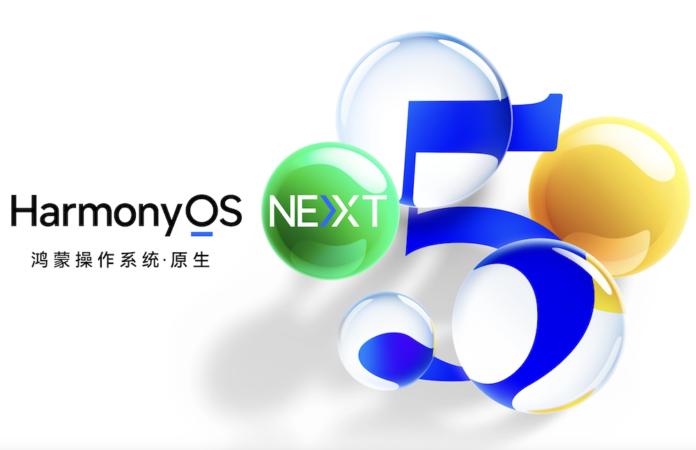IDC says Huawei has roared back in its domestic market as the vendor divorces itself from Android with latest OS
China smartphone shipments grew 3.2% year over year (YoY) to 68.8 million units in 3Q24, marking the fourth consecutive quarter of expansion, fuelled by a surge in device upgrades driven by sustained pent-up demand. The results for the world’s largest smartphone market came in analysts International Data Corporation’s (IDC) latest Worldwide Quarterly Mobile Phone Tracker.
Meanwhile, Apple re-entered the Top 5 smartphone companies at second place with the launch of its new iPhone 16 series. Initial sales figures are on par with its predecessor, and the company anticipates that upcoming promotions and the anticipated launch of Apple Intelligence will drive future demand.
“A significant wave of device upgrades is propelling the sustained recovery of the Chinese smartphone market,” said IDC China senior research analyst Arthur Guo. “Despite ongoing economic challenges, consumers are highly motivated to purchase new smartphones after three years of pent-up demand.”
Chinese OEMs – vivo, Huawei, and Xiaomi – contributed to the 3.8% growth in the Android market, each achieving robust double-digit growth. vivo maintained its leadership position in the Chinese market in 3Q24, leveraging its effective strategy of distinct product positioning across its main and sub-brands.
Huawei kicks on globally
Huawei has staged an impressive comeback, according to IDC, recording four consecutive quarters of at least double-digit growth in China’s market. The launch of the world’s first tri-foldable phone is expected to further drive the foldable market development.
The company has had to be creative in the wake of the US chip ban and the emerging details around Taiwan Semiconductor Manufacturing Company suspending shipments to China-based chip designer Sophgo after a chip it made was found on a Huawei AI processor is just the latest twist. As Reuters reports, Sophgo had ordered chips from TSMC that matched the one found on Huawei’s Ascend 910B after a tear down of the handset, according to people familiar with the matter. Huawei is restricted from buying the technology to protect US national security but despite this, it wants to achieve full autonomy in chips, operating systems and applications.
Last week, Huawei launched what some dubbed a “pure blood” beta version of HarmonyOS called Next, which the vendor said will no longer support Android-based applications – effectively binning Android on its devices and ecosystem.
At the launch, Huawei consumer business group chairman Richard Yu said HarmonyOS was now used on 1 billion devices. The Middle East will be a key market for Huawei’s OS. Emirates, one of the two flag carriers of the United Arab Emirates, has already launched an app on HarmonyOS.
Currently, HarmonyOS Next is available on a number of devices including Huawei’s Mate 60 and Huawei Pura 70 series, among others, and will be available on more handsets next year, including its latest trifold Mate XT smartphone and mid-range Nova models.
Other Chinese vendors
IDC said Xiaomi delivered its fifth straight quarter of growth by continuing to cater to budget-conscious consumers while also pushing boundaries in the high-end segment. Last week, reports emerged that Xiaomi had designed the country’s first 3-nanometre chip for smartphones, confounding experts who had been saying China was unlikely to do this for some years. No sooner than it was reported by state broadcaster Beijing Radio and Television Station (BRTV) and multiple other outlets, the reports were removed, adding to intrigue on the innovation.
Last month, we reported that Xiaomi had captured second place globally in terms of global smartphone sell-through volumes in August 2024, the first time after August 2021, even as its sales volumes remained flat MoM, compared to Apple’s seasonal decline during the same period according to preliminary numbers from Counterpoint Research’s Smartphone 360 Monthly Tracker. While this result was pre iPhone16 launch, it shows just how much progress Chinese vendors are making at the top end smartphone end and not just to commodity end.
IDC said Honor secured the fifth position in Top 5 driven by popular models like X50, that made Honor number one in the $100-$200 price segment. Additionally, new models like Magic Flip and Magic V3 propelled Honor to second place in the foldable market this quarter.
“We anticipate the positive growth trajectory to continue into the fourth quarter,” said IDC Asia/Pacific client devices research analyst Jacob Zhu. “This momentum will be bolstered by the early release of flagship models from leading brands, as well as the early kick-off of the Singles Day shopping festival.”



